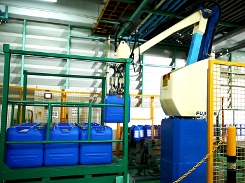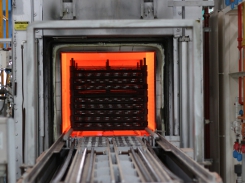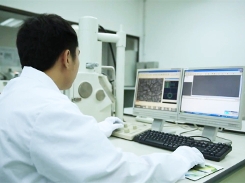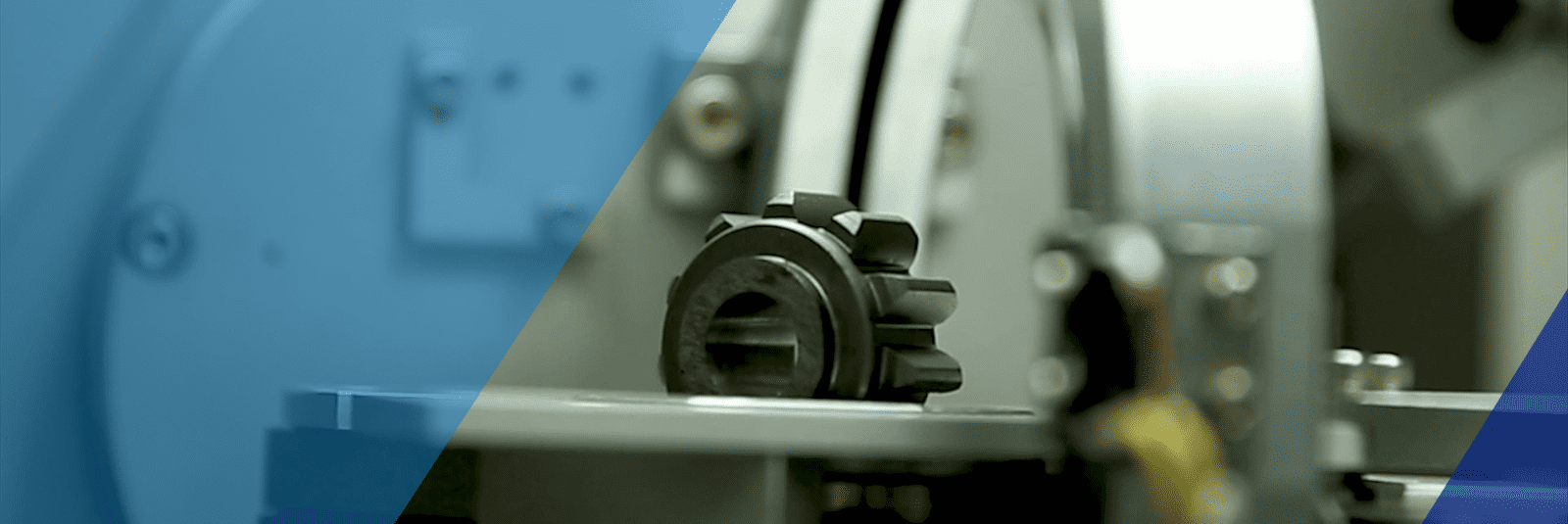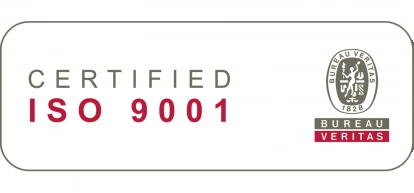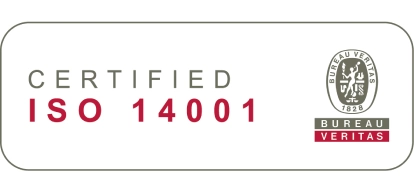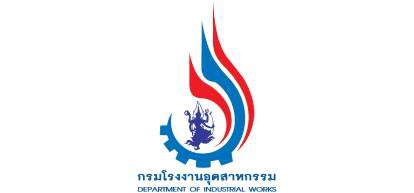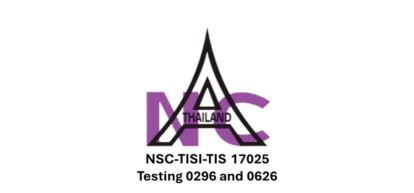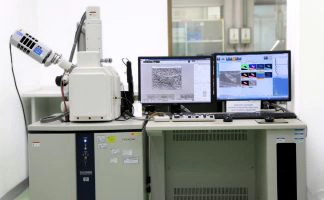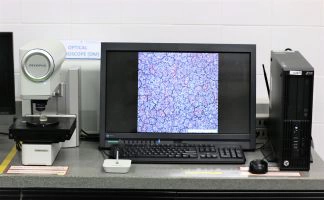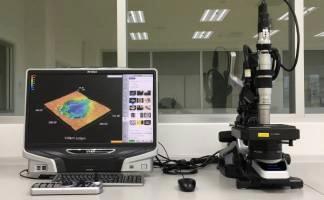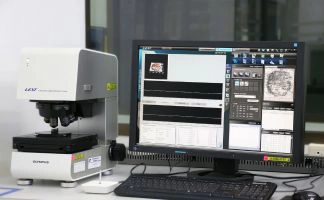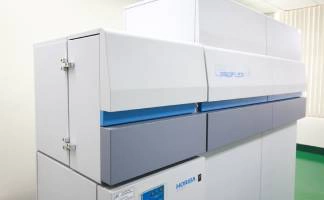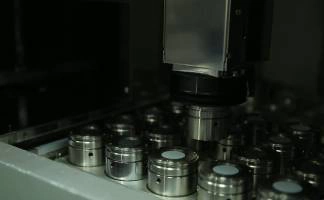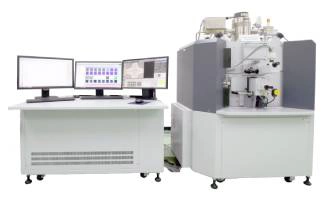- Corporate
- Chemical Products
- Chemical Controller
- Chemical for Paint Booth
- Coil Coating
- Degreasing and Cleaning chemical
- Heat&Cool exchanger (PLATECOIL)
- Hydrophilic
- Manganese Phosphate
- Nano-coating (Pallucid)
- Rolling Oil
- Rust Preventive Product
- Stearate Soap Lubricant/Dry-in-Place Lubricant (PULS)
- Trivalent Chromium/Non-Chromium
- Zinc Phosphate/Iron Phosphate
- Processing Services
- Laboratory Services
- Articles
- What's New
- Contact Us
- Privacy Policy
Why Choose Us
We are committed to providing fast and precise metallurgical analysis and problem-solving services, enabling our clients to utilize the insights to enhance product quality and optimize manufacturing processes efficiently.
Get the info you’re looking for right now!
If you can’t find the answer you’re looking for, we’d love to hear from you – whether you’re curious about features, a sample trial, or even pricing—we’re ready to answer all questions a find the right products for you!
- Microstructure analysis
- Elemental and compositional analysis of metals and alloysElements and chemical composition analysis
- Surface and failure analysis
- Mapping analysis and line scan analysis
- Analysis services for various sample types: solids, powders, and chemicals
- Material analysis services: analysis of both conductive and non-conductive materials (e.g., metals, alloys, ceramics, plastics)
Product type
Check more of our Product / Process type specifications below.
Our metallurgical laboratory is equipped with state-of-the-art analytical tools and staffed by expert metallurgists. We provide accurate and precise analysis and testing results using high-performance equipment and specialized techniques.
Frequently Asked Questions
Carbonitriding is one of the heat-treating processes under various gas atmospheres and temperatures mainly to improve hardness, wear-resistance, and fatigue or tensile strength properties of industrial parts in order to prolong their lifespan and improve their properties to suit specific usability.
Carbonitriding is a process in which carbon and nitrogen are simultaneously infiltrated into the surface of steel at a temperature of about 800°C to 880°C, lower than ordinary gas carburizing, and then quenched and hardened. In gas carbonitriding, NH3 gas is added to a normal gas carburizing atmosphere, and nitriding and carburizing are performed simultaneously by
the N component decomposed from NH3. Since the hardenability is improved by nitriding, it is possible to treat non-alloy steel such as SPCC and low carbon steel which cannot be applied by gas carburizing, and the reduction of material cost is also a great advantage. Since it can be quenched at a lower temperature than gas carburizing, deformation, and distortion due to heat treatment can be reduced. Characteristics of gas carbonitriding are including
- Applicable steel type: Low carbon steel (low carbon steel such as SP material, SS material, S10C), case hardening steel (low carbon alloy steel such as SCM / SCr / SNCM)
- Quenching is possible at low temperatures, reducing quench deformation (Excluding case-hardened steel)
- Since the hardenability is improved by the influence of nitrogen, quenching becomes easy even with carbon steel, which is advantageous in terms of quenching cracking.
- Compared to gas carburization, the abnormal hardening layer on the outermost surface is suppressed, and a uniform hardened layer can be generated.
- Improved temper softening resistance compared to gas carburizing.
This process is important because it can improve the mechanical properties of the metal, such as its hardness and toughness. In addition, carbonitriding can also help to protect the metal from corrosion.
The carbonitriding process usually applies with power units parts such as engines, transmissions, and differentials parts (connecting rod, crankshaft, transmission gear/shafts, CVT pulley shaft, driveshaft, constant velocity joint parts, final gear, differential side gear, etc.)


